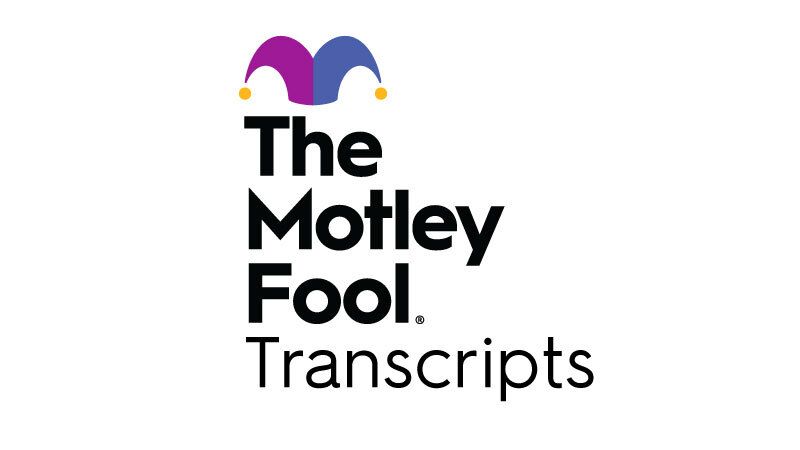Copyright businessday

I recently spoke with my friend (I hope he reads this), who cited the Bible as the source of women’s purpose — when God created Eve for Adam, and women’s historical nurturing role. I asked, half-jokingly, if women have a cooking gene. The truth is, while our understanding of roles has evolved, our definition of purpose has not. Support and care are expressions of purpose, but they should not confine purpose. Women, like men, pursue purpose through self-determination in careers, family, leadership, and enterprise. Yet gender norms still dictate which parts of that potential are acceptable, distorting how women’s value translates into power, ownership, and leadership. Recognizing women’s worth means creating conditions for it to materialize as assets. For example, education that becomes expertise. Only when women’s value is acknowledged as intrinsic, not relational, can it fully transform into assets. Asset-making is the process of turning labor, knowledge, creativity, and networks into tangible and intangible forms of assets; in other words, building or accumulating things of lasting value. However, when women are constrained to only socially acceptable tasks such as domestic chores, it creates what economists call time poverty — the chronic shortage of discretionary time needed to pursue education, innovation, rest, or leadership. This poverty of time traps women in cycles where survival tasks replace self-actualization. The result is a chain reaction: reduced capacity, slower asset accumulation, and diminished intergenerational wealth. Pathways to Asset Creation Reclaiming Time as a Resource Time is the first asset available to all humans, yet one of the most under-recognized and undervalued in women’s lives. Domestic tasks, caregiving, and even workplace “support roles” are necessary, but when they fall disproportionately on women or do not lead to mobility, income growth, or recognition, they become traps rather than pathways. The issue is not that these responsibilities exist or don’t matter — they must be done — but when supported by equitable systems, technology, and shared labor, they free women to pursue education, innovation, and leadership.. When women reclaim their time, they reclaim ownership of their choices, their growth, and their futures. When women channel their time toward growth-aligned pursuits, they convert it into the power to make choices, build expertise, and create lasting value. Time, rightly invested, is the seed of both self-determination and asset-building. Translating Education into Expertise Education is potential; expertise is the asset. Therefore, education without opportunity is potential without yield. In Nigerian universities, we are still celebrating the appointment of women as Vice-Chancellors as a “first” in 2025 — a reminder that while many women are educated, few reach the apex of leadership. As I explored in my previous reflections, occupational gender segregation reinforces patterns that limit how women’s education translates into impact and ultimately shapes how their value is recognised. True access to education lies not only in attendance but in how learning converts and compounds through skills-building, brand equity, intellectual property, financial capacity, and leadership opportunities. That is the essence of asset-making. This is how learning becomes leverage, and creates a pathway from classroom to capital. Ownership of Capital Ownership is not entitlement; it is the material proof of potential fulfilled. Tangible assets — land, property, finances — remain among the foremost measures of value in our world. Expanding women’s access to these assets is essential to unlocking upward mobility in careers and enterprise. Elective offices, for instance, are capital-intensive, while low-paying or unpaid roles stifle income growth and limit women’s capacity to build wealth. Social norms that restrict women’s access to property and inheritance rights further exacerbate their exclusion from capital. My concern is that many women are not even on a trajectory toward asset accumulation — whether through inheritance, career mobility, or enterprise — as most female-led ventures remain at the subsistence level. This is why fewer women are breaking into the upper echelons of wealth. Financing models should prioritise women-led ventures, enforcing equitable inheritance and property rights, and valuing women’s contributions beyond unpaid labour to widen the path to capital acquisition. Networks as Social Capital If marrying up is a thing, which sounds very transactional to modestly put it, then admittedly, networks should be assets. How can women build connections that convert trust into tangible opportunities? Every connection that amplifies your capacity to create or influence is part of your capital base. Women’s relational strength can be reframed as economic power. Women’s collectives, mentorship circles, and industry associations can be structured as growth network platforms that translate trust into training, investment, and market access. Closing Reflection Asset-making is not just about accumulation; it’s about agency. When women’s time, knowledge, capital, and networks align, their value no longer needs validation; it becomes visible, measurable, and transformative.



